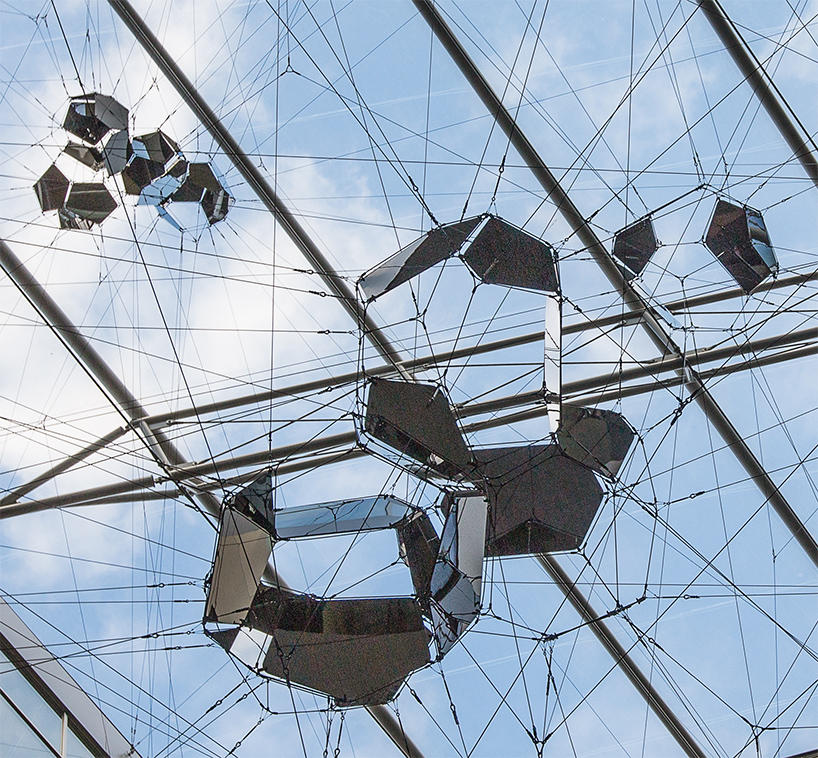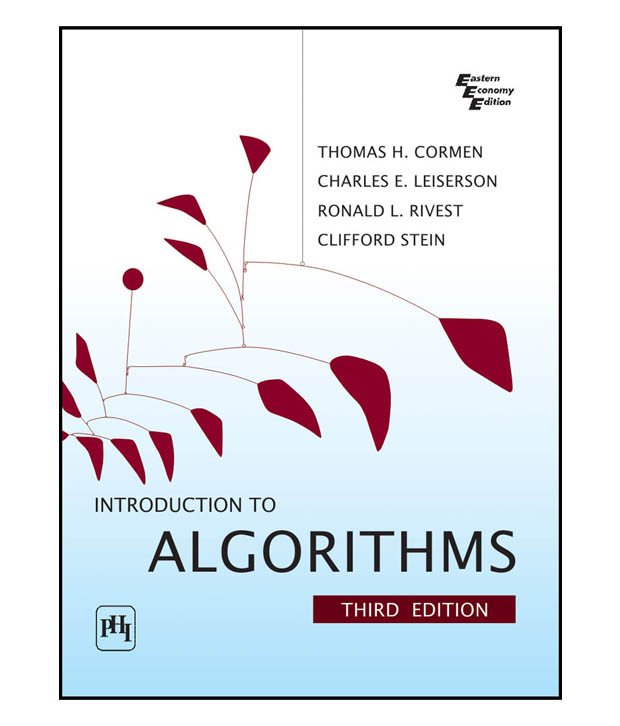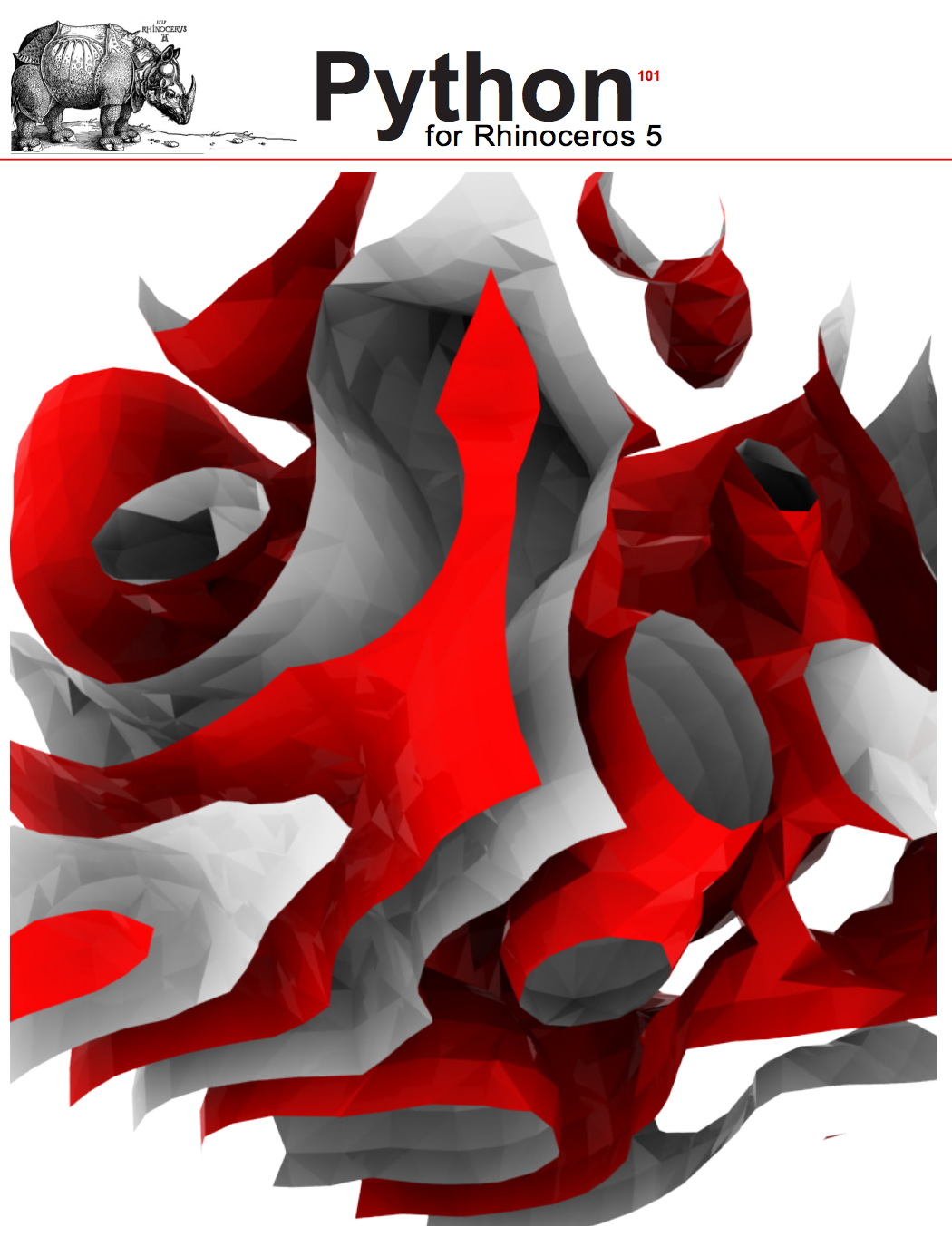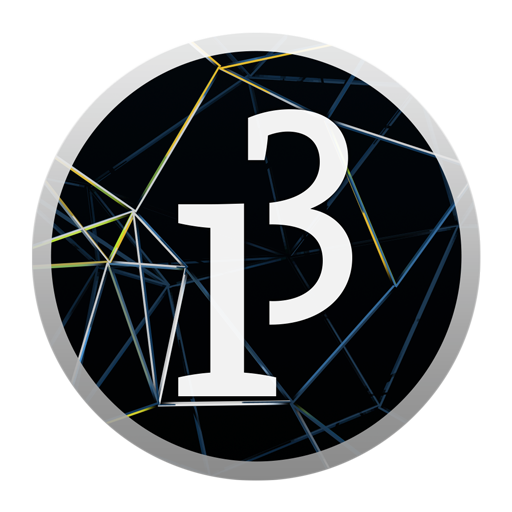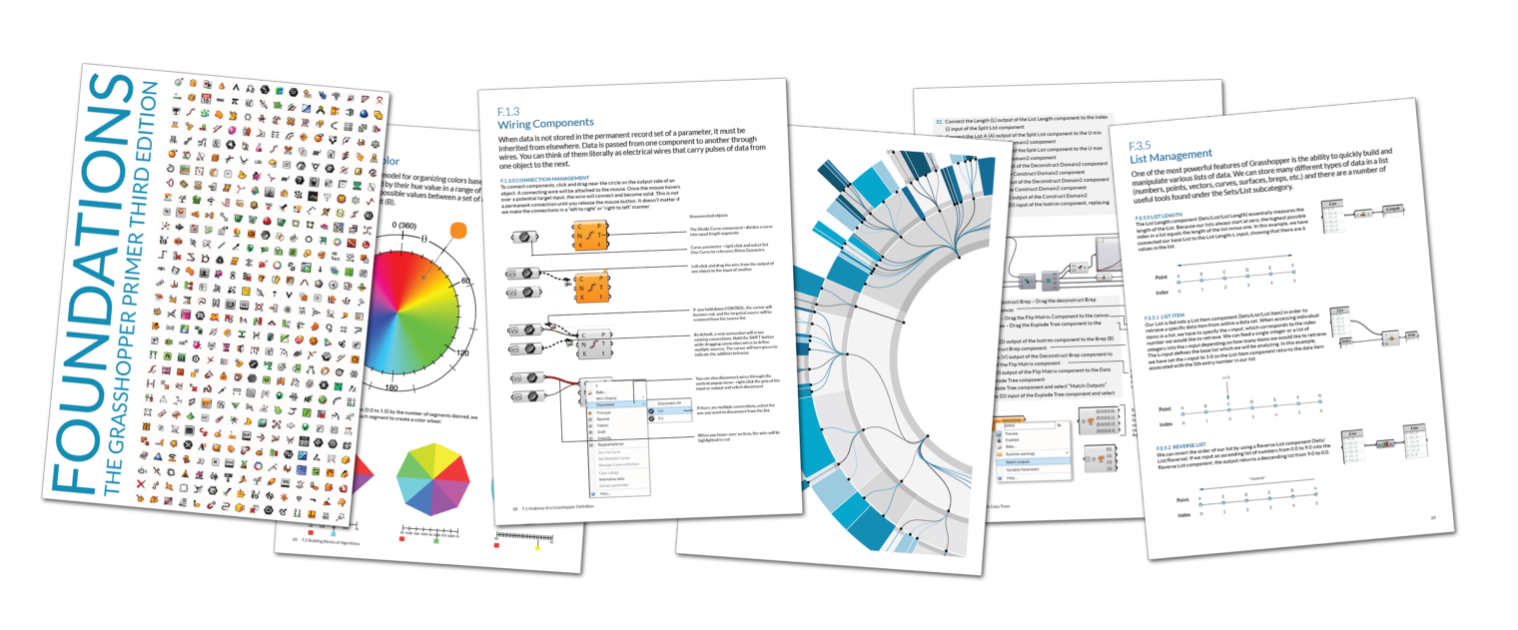Great pinup today – make sure to post your work on the blog and get the sharing going! We will have our next GH tutorial at 9am on thursday.
Some specific references you might find helpful:
Viktoria: Sierpinski triangle, also check out fraktalfabriken and polygo (could make your own for more quick fabrications), Fractal Cult Project, L-systems
Erik: L-systems/perlin noise
James – paper on the British Museum, Daniel Piker’s blog on Rheotomic Surfaces
Siyana – Felix Candela, Kenzo Tange
Philip – Archidose rose window drawings
Olga – Sean Ahlquist
Sandra – fibonacci and golden ratio grasshopper componets
Adah – Folding techniques for designers, Ron Resch, Robert Lang, A.L. Scherer thesis booklet, Ori Revo, Tomohiro Tachi

